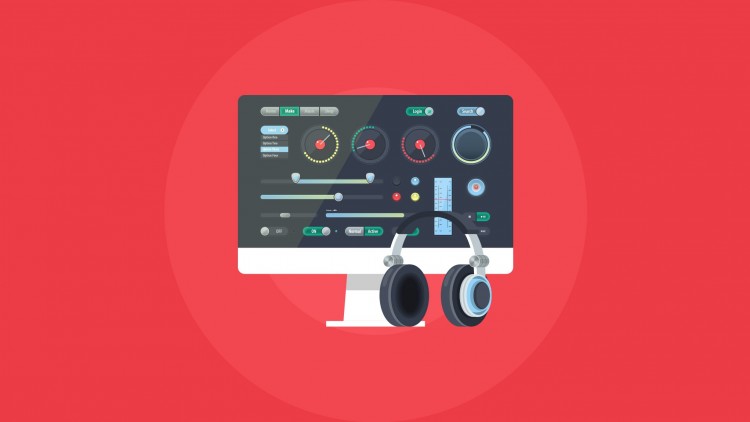An Overview of Business Analysis Activities and Current Business Analysis Techniques
Summary
The course “An Overview of Business Analysis Activities and Current Business Analysis Techniques” offers a comprehensive guide to understanding and practicing business analysis (BA). It aims to equip learners with the knowledge to identify best practices, recognize the importance of good requirements, classify four types of requirements, and understand the critical skills and tools needed for effective business analysis. The evolving role of business analysts in various system development methodologies (SDMs) such as Waterfall, Iterative, and Agile is also covered.
No technical background is required to take the course, but an interest in business analysis and a desire to learn about its tools and techniques are essential. The course emphasizes that business analysis is not solely about developing IT solutions but is a critical component of any organizational change initiative.
The course distinguishes between strategic, tactical, and operational business analysis and discusses the activities involved in each. It also categorizes requirements into four types: Business Requirements (high-level organizational goals), Stakeholder Requirements (needs and wants of stakeholders), Solution Requirements (characteristics of the solution), and Transition Requirements (capabilities needed to integrate the solution).
Business analysis skills are valuable not only for those seeking a career in the field but also for professionals in various roles such as product owners, project managers, and line managers. The course is structured into five sections with 17 lectures, totaling over an hour of content. It includes practical insights into how different SDMs impact business analysis activities, with specific lectures on business analysis in Waterfall, Iterative, and Agile environments.
Overall, the course aims to provide a basic understanding of core business analysis methods and concepts, encouraging learners to explore the field further and apply these techniques in both professional and personal contexts.
What You’ll Learn
- Identify and categorize business analysis best practices
Requirements
-
Interest in the field of business analysis
-
No technical background required
-
Desire to understand business analysis tools and techniques currently in use
-
Need to understand the impact that System Development Methods (SDM) have on business analysis activities
-
No additional materials are required
Description
In reality, every organization does some form of business analysis whether it uses the term or not. For many (especially larger organizations), it is an extremely structured, managed process while others thrive on change and only do business analysis when and as needed. The perception that business analysis is only needed to develop IT solutions is inaccurate. Actually, it is a critical component of any change initiative within an organization whether software is involved or not.
Current Business Analysis Techniques and MethodsThe course defines how business analysis is currently practiced. The authors provide insight into this fast-growing field by distinguishing strategic, tactical, and operational business analysis. It provides surveys of what Business Analysts really do and what business analysis techniques people use most often when they are the one “wearing the BA hat”. You will learn what “requirements” really are and what different types of requirements exist. Because many requirements define future information technology (IT) solutions, the authors share their experience on how Waterfall, Iterative, Agile, and Experimental (aka “Chaotic”) Software Development methodologies impact the business analysis responsibility.
Who Needs Business Analysis Skills?Although the field of Business Analysis offers great career opportunities for those seeking employment, some level of business analysis skill is essential for any adult in the business world today. Many of the techniques used in the field evolved from earlier lessons learned in systems analysis and have proven themselves to be useful in every walk of life. We have personally experienced how business analysis techniques help even in your private life.
We created this course for everyday people in the real world to give you a basic understanding of some core business analysis methods and concepts. If this course answers some of your questions, great. If it raises more questions than it answers (implying that it piqued your curiosity), even better. If it motivates you to learn more about this emerging and fascinating topic, it has served its purpose well.
Who this course is for
- Subject Matter Experts
- Product Owners
- Product and Project Managers
- Business Process Users
- Business Process Managers
- Line Managers
- Business Analysts
- Anyone wearing the BA hat!










